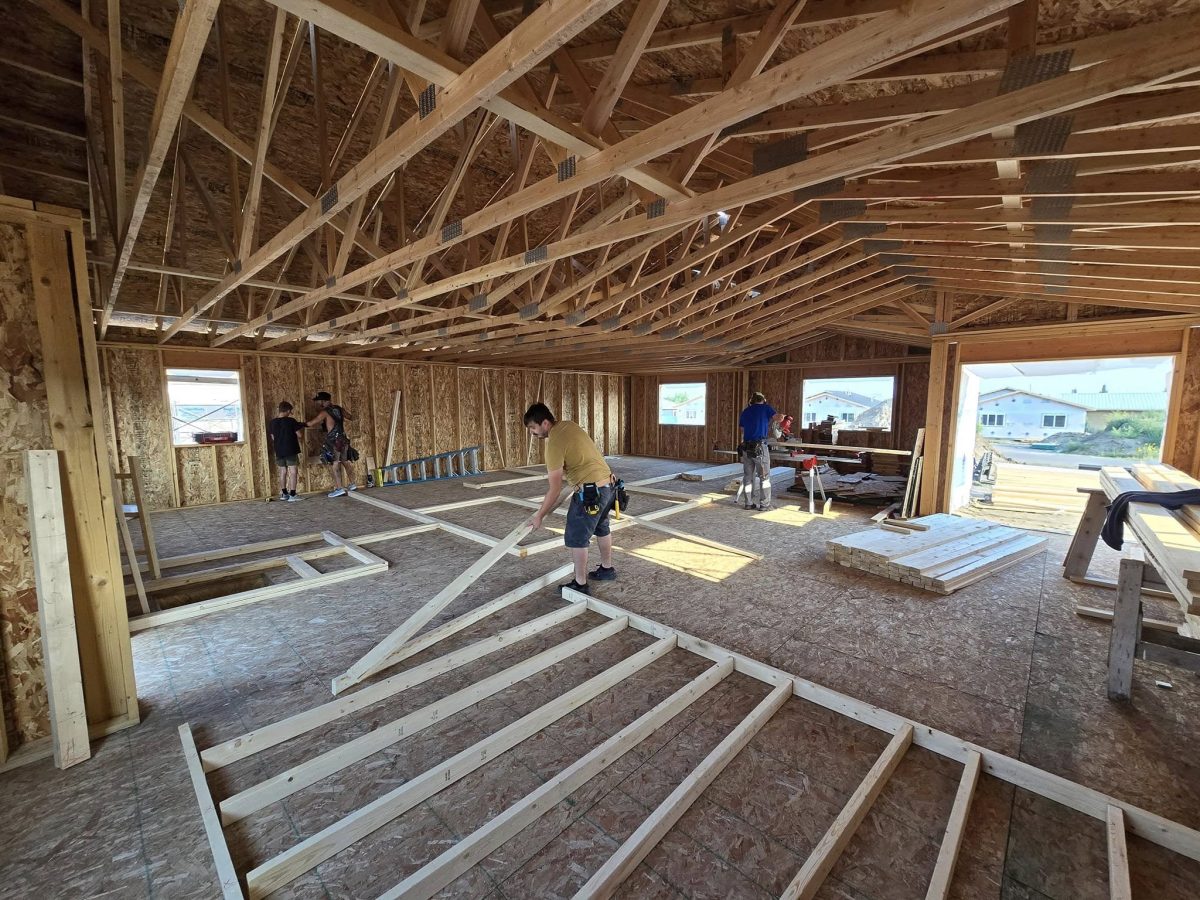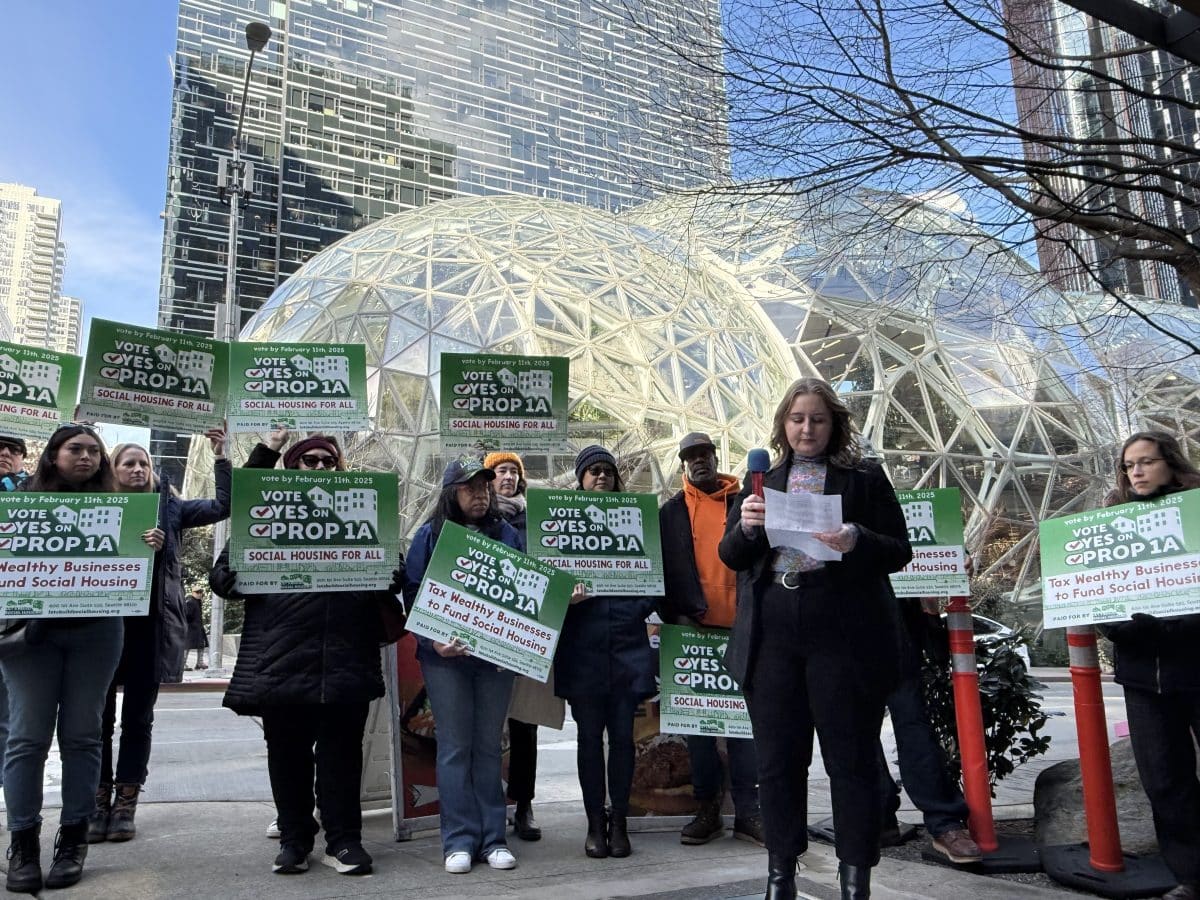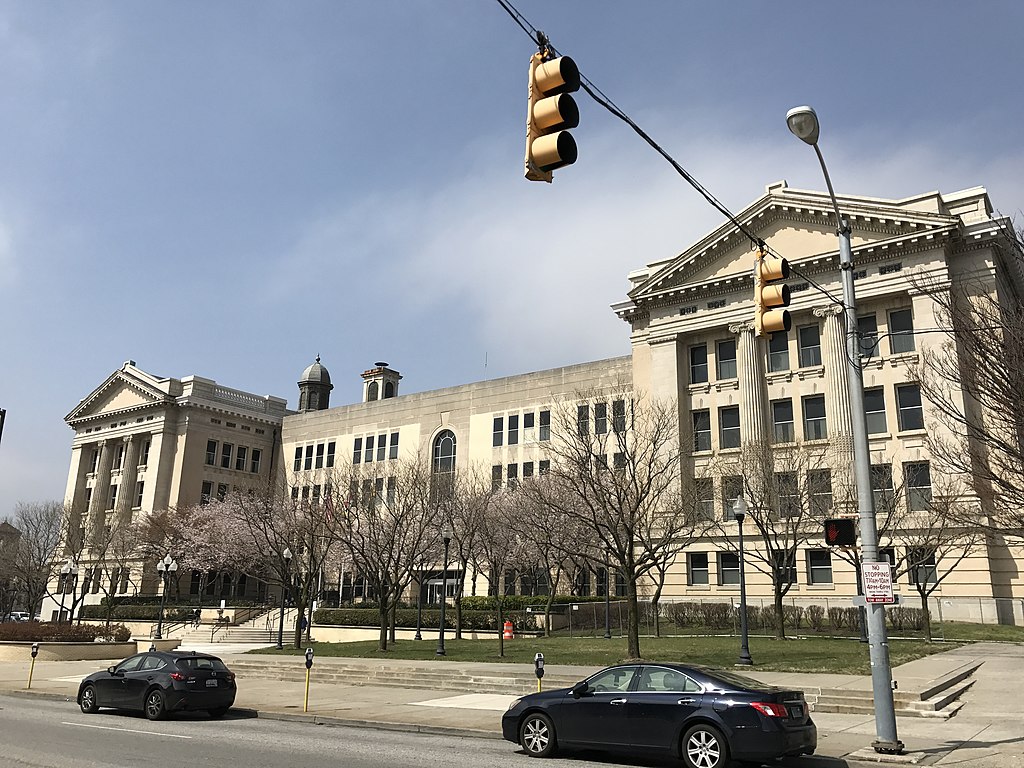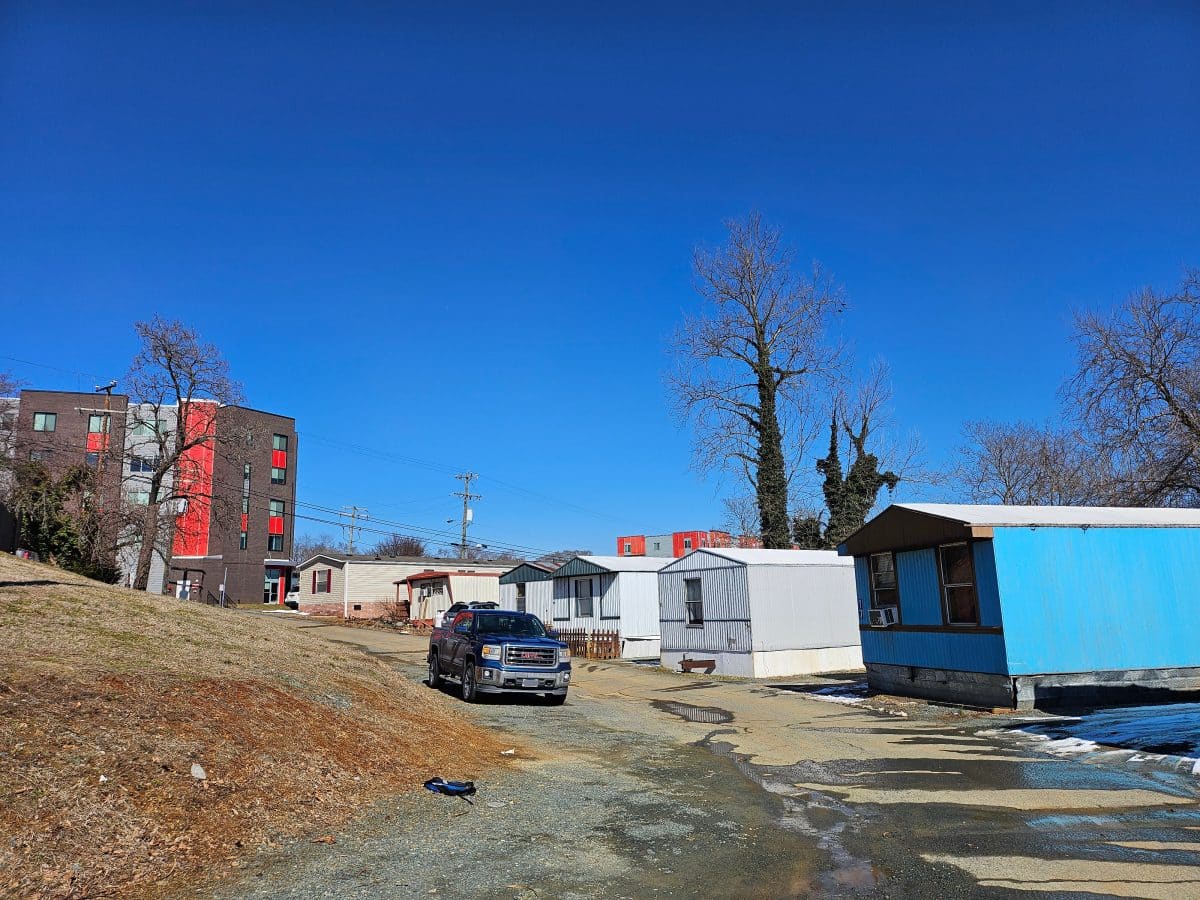
Topic
Policy
The rules of the game—and the attitudes of the players—have an enormous effect on community development work at all levels. Here we look at some of the conversations about how to shift that policy for the better.
The Latest

Blocked, Restored, Blocked Again—Housing Funds Are in Legal Limbo
Since Trump took office, the administration has blocked multiple affordable housing funding streams. Here's a look at which funds have been frozen, which have been reinstated, and which are in the courts.
Explore Articles in this Topic
Search & Filter Within this Topic
filter by Content Type
filter by Date Range
search by Keyword

Trump’s First 100 Days: What’s Happened with Housing?
We’ve compiled a roundup of the major housing and community development–related actions and changes we’ve seen so far in Trump’s second term.

Is DOGE Coming After NeighborWorks?
Though it hasn’t taken any action yet, DOGE has officially assigned a team to NeighborWorks America. The congressionally chartered nonprofit provides resources and training to a network of hundreds of local organizations that develop affordable housing and support homeowners and communities.

How Social Housing Won in Seattle, Despite a Flood of Big Tech Money
Voters chose to provide a new social housing development authority with the funding it needs to succeed—despite opposition from the mayor and tech corporations.

ICE Is Coming to Your Building—Are You Ready?
If you have residents or clients who might be targeted by ICE (you do), it’s crucial to know what to do, and what not to do, when immigration officials show up.

How Education and Housing Advocates Worked Together to Win More Rental Assistance
In Maryland, parents and school leaders joined with housing advocates to win additional rental assistance, targeted to families in the state’s community schools.

These HUD Cuts Have Gotten Less Attention, But the Effects Will Still Be Harmful
Technical assistance might seem dull, but it’s vital for addressing the homelessness and housing crisis. And it’s about to be a lot harder for federal grantees to get.

In Barcelona, Rent Control Shows Promise—But Short Term Rentals Limit Progress
It’s been a year since Catalunya implemented rent control. How well is it working, and why have tenants rallied for more protections?

In New Jersey, Pivotal Affordable Housing Decision Turns 50
The Mount Laurel Doctrine is credited with helping to create 75,000 affordable homes in New Jersey. But, of course, it hasn’t been a simple panacea either.

DOGE Undermines Anti-Discrimination Protections in Housing With More Cuts
HUD is attempting to withdraw more than half of its grants to the private organizations that educate about and enforce housing-related anti-discrimination laws.

How We Organized to Keep Mobile Home Park Residents in Their Homes
After residents got notice that their mobile home park was going up for sale, advocates made use of a Virginia law that required the owners to consider a resident-supported counteroffer.

Section 8 Under Trump: How Policy Uncertainty Is Affecting Affordable Housing
As Trump reshapes the federal landscape, Housing Choice Voucher recipients, landlords, and administrators brace for potential funding cuts and fiscal chaos.

EPA Terminates Already-Awarded Climate Funding
The agency says $20 billion in green funding for low-income communities was mismanaged and issued with political bias, but so far the EPA hasn’t produced the evidence needed to legally block the grants. Three nonprofits have filed suit.
